Concrete Block Retaining Wall
Sandi_W
11 years ago
Featured Answer
Comments (24)
mrsgalihad
11 years agolast modified: 9 years agoSandi_W
11 years agolast modified: 9 years agoRelated Professionals
Accokeek Landscape Architects & Landscape Designers · Concord Landscape Contractors · Arlington Landscape Contractors · Burien Landscape Contractors · Dallas Landscape Contractors · Little Ferry Landscape Contractors · North Haven Landscape Contractors · Vineyard Landscape Contractors · Waterford Landscape Contractors · South Pasadena Roofing & Gutters · Maplewood Roofing & Gutters · Orlando Roofing & Gutters · Wheaton Roofing & Gutters · Cedar Rapids Siding & Exteriors · South Windsor Siding & Exteriorschristinmk z5b eastern WA
11 years agolast modified: 9 years agoSandi_W
11 years agolast modified: 9 years agoaftermidnight Zone7b B.C. Canada
11 years agolast modified: 9 years agochristinmk z5b eastern WA
11 years agolast modified: 9 years agoianna
11 years agolast modified: 9 years agocasey1gw
11 years agolast modified: 9 years agodg
11 years agolast modified: 9 years agodg
11 years agolast modified: 9 years agoonederw
11 years agolast modified: 9 years agoNHBabs z4b-5a NH
11 years agolast modified: 9 years agoSandi_W
11 years agolast modified: 9 years agoNHBabs z4b-5a NH
11 years agolast modified: 9 years agoianna
11 years agolast modified: 9 years agoSandi_W
11 years agolast modified: 9 years agoNHBabs z4b-5a NH
11 years agolast modified: 9 years agoianna
11 years agolast modified: 9 years agoianna
11 years agolast modified: 9 years agomemo3
11 years agolast modified: 9 years agoSandi_W
11 years agolast modified: 9 years agoianna
11 years agolast modified: 9 years agoSandi_W
11 years agolast modified: 9 years ago
Related Stories
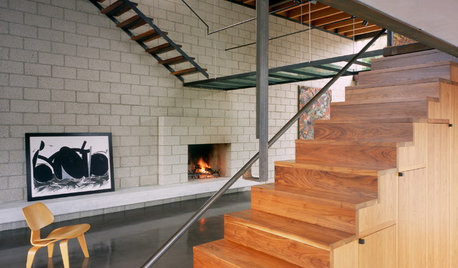
CONCRETEConcrete Block Style
Industrial flair: See why concrete brick isn't just for retaining walls anymore
Full Story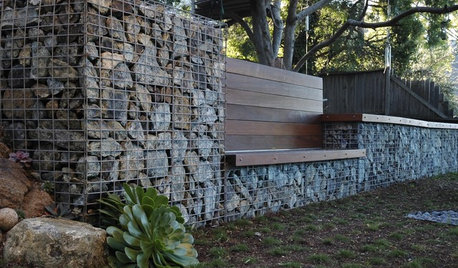
GARDENING AND LANDSCAPING7 Out-of-the-Box Retaining Wall Ideas
Go Beyond Railroad Ties With Stylish Rock, Metal, Blocks, and Poured Concrete
Full Story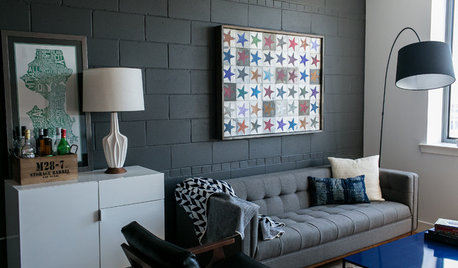
INDUSTRIAL STYLERoom of the Day: Concrete Block Goes Chic in a Living Room
Designers put a fresh face on a workaday material in this Washington, D.C., condo
Full Story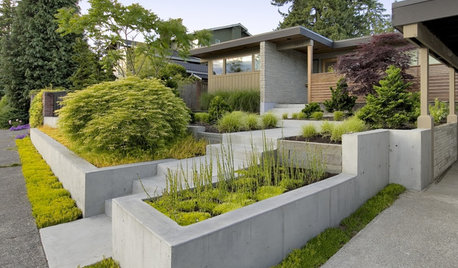
LANDSCAPE DESIGNGarden Walls: Pour On the Style With Concrete
There's no end to what you — make that your contractor — can create using this strong and low-maintenance material
Full Story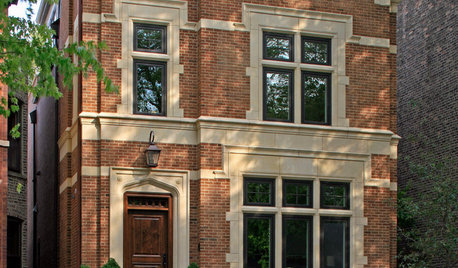
MATERIALSRaw Materials Revealed: Brick, Block and Stone Help Homes Last
Learn about durable masonry essentials for houses and landscapes, and why some weighty-looking pieces are lighter than they look
Full Story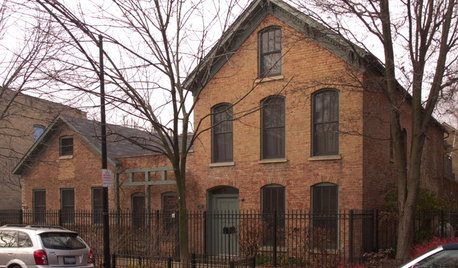
ARCHITECTUREModern and Traditional Converge on Coveted Chicago Blocks
As newer structures replace old on a pair of desirable streets, architects are challenged with how best to bring in modern styles
Full Story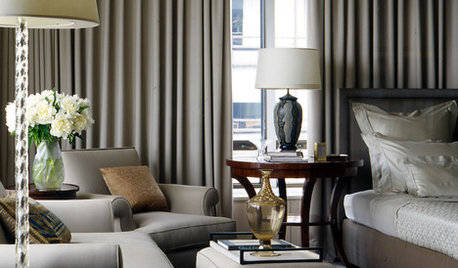
WINDOW TREATMENTSBedroom Window Treatments to Block the Light
Sleep tight with curtains, shades and more designed to keep out bright rays while letting stylishness in
Full Story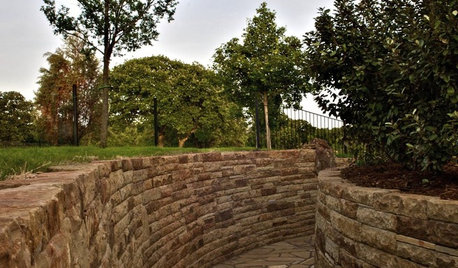
LANDSCAPE DESIGNPile On Style With a Dry-Laid Stone Retaining Wall
Durable, natural and practical, this landscape feature is an art form unto itself
Full Story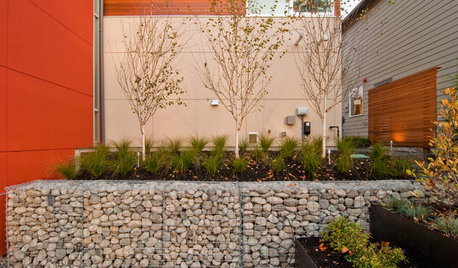
LANDSCAPE DESIGNGarden Walls: Gabion Evolves From Functional to Fabulous
The permeable rock-, concrete- or glass-filled steel cages are showing up as retaining walls, planters, benches and more
Full Story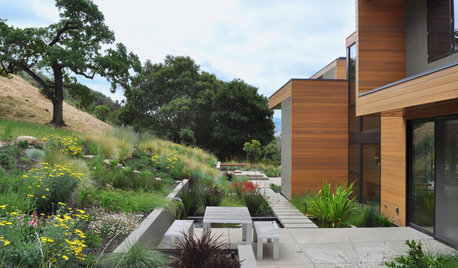
LANDSCAPE DESIGNOutdoor Style: Creative Ways With Classic Concrete
Have you cast concrete aside as being too dull or crack-prone? Learn about new design options along with the basics of using it outside
Full Story





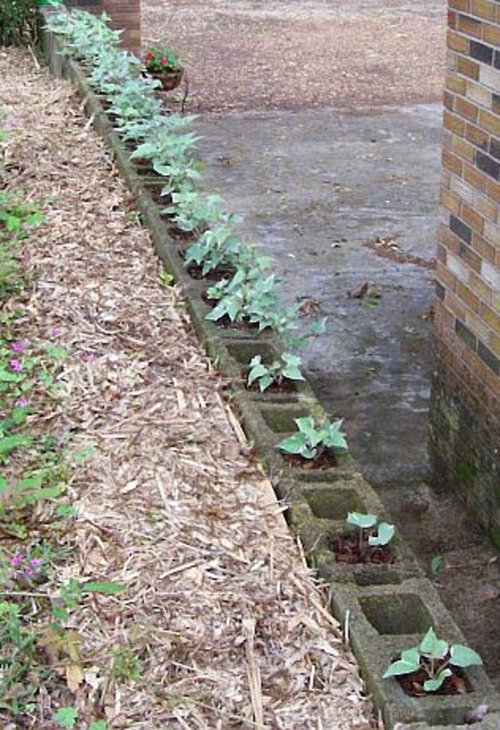


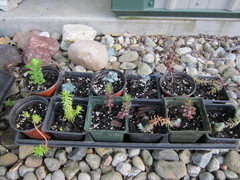
hosenemesis